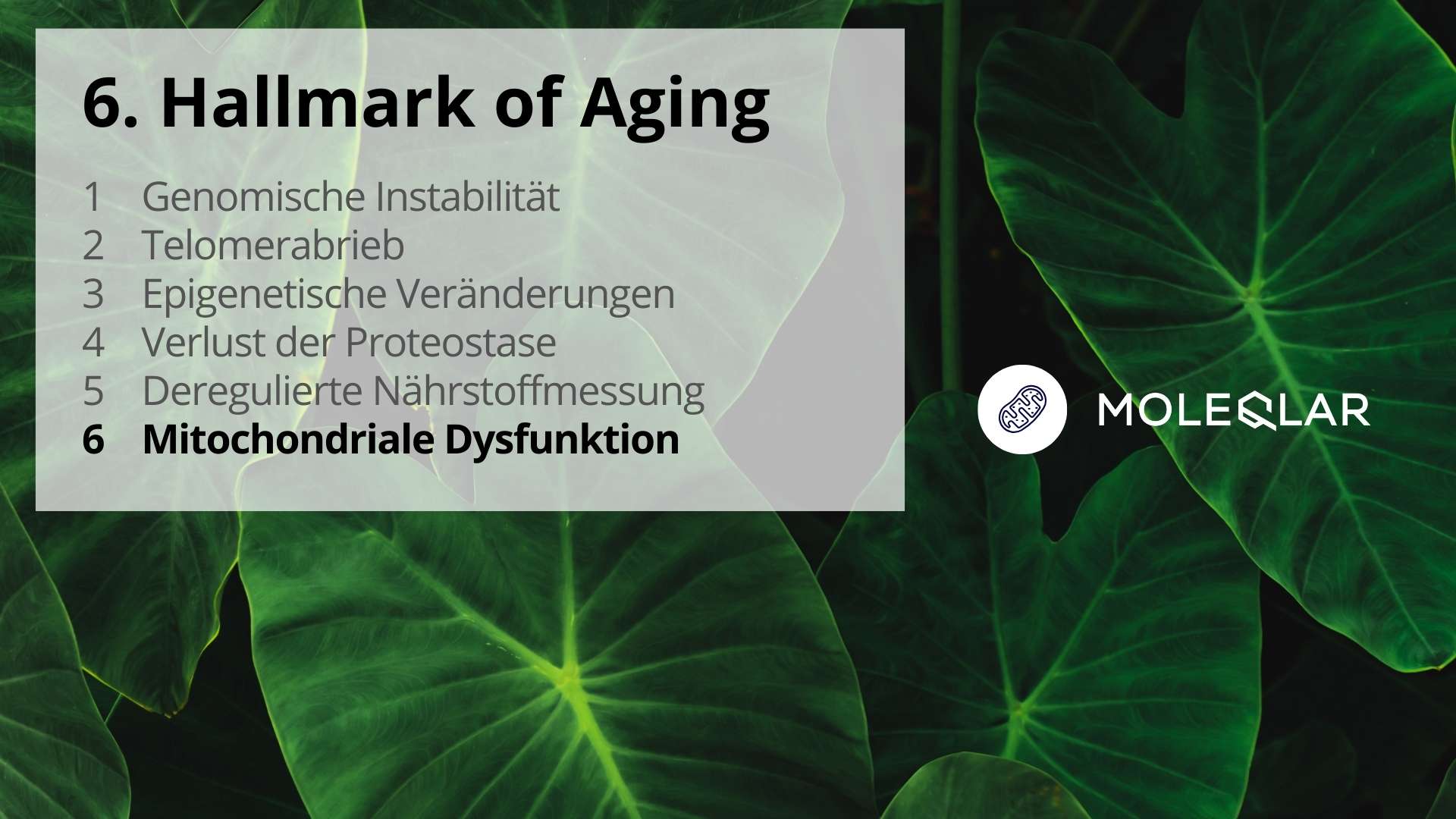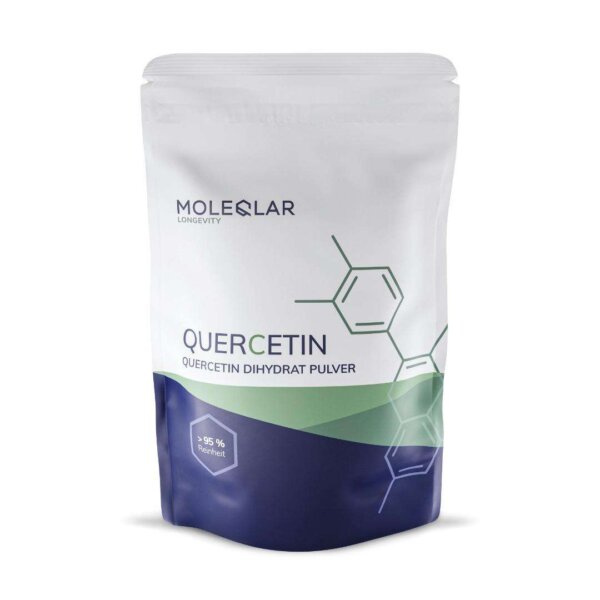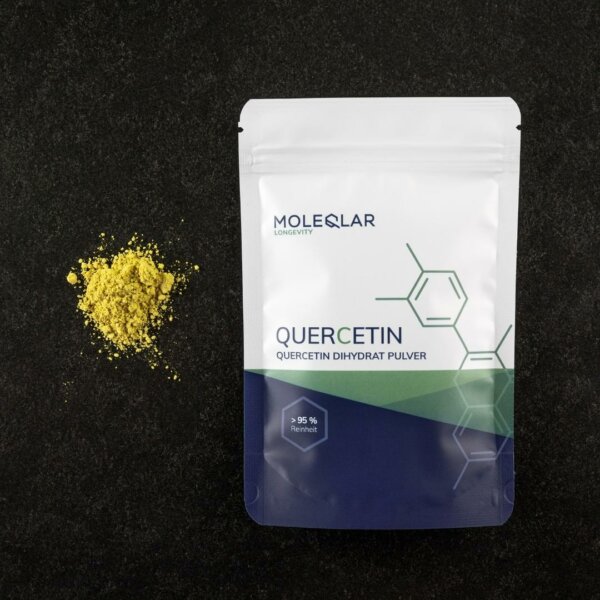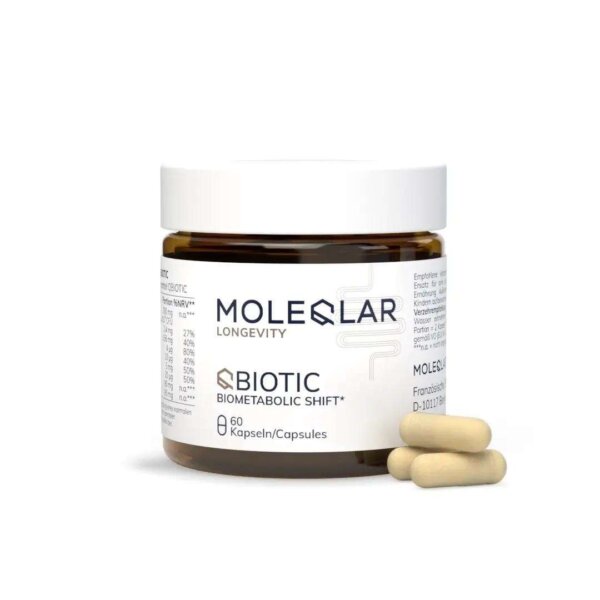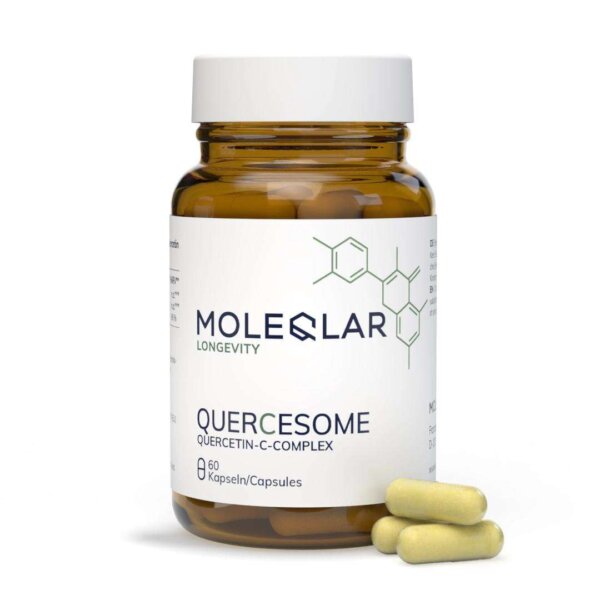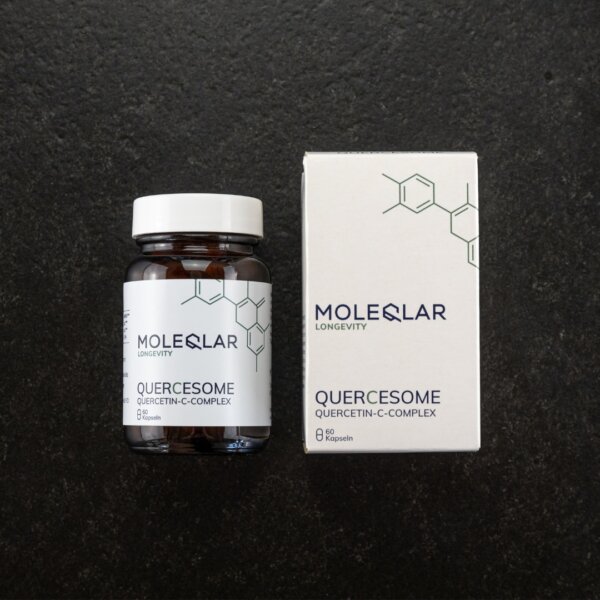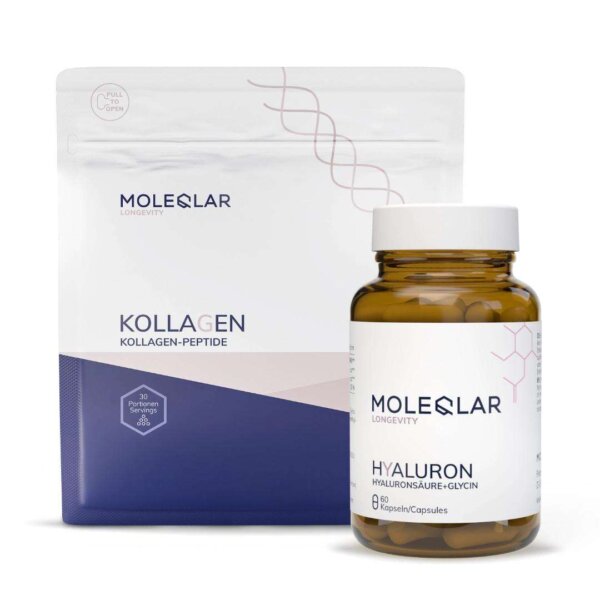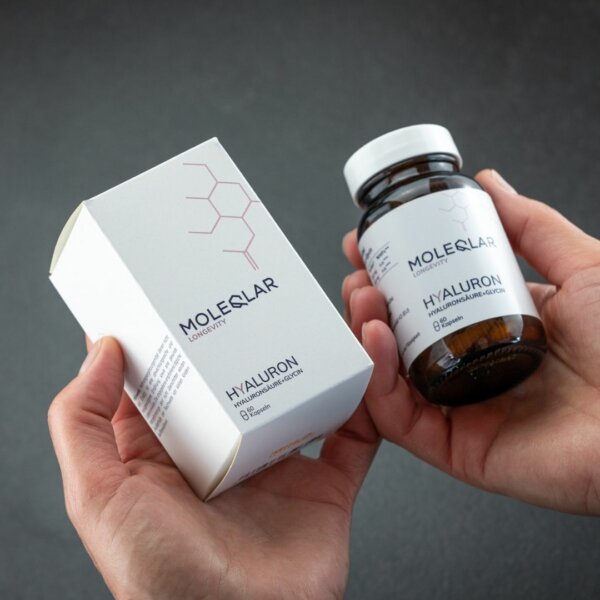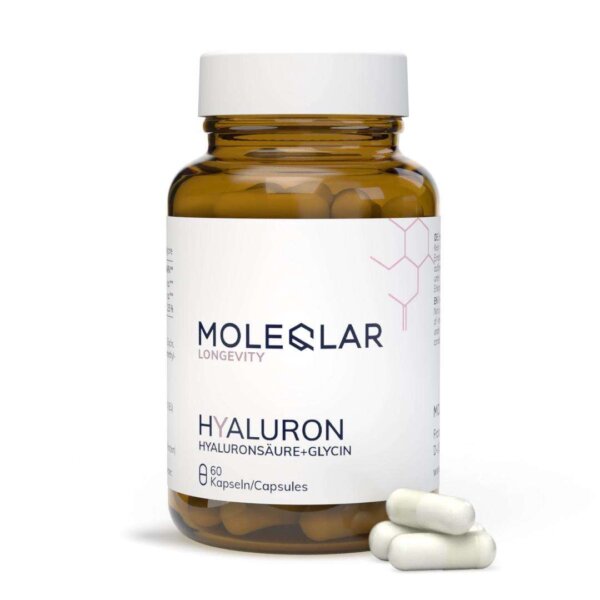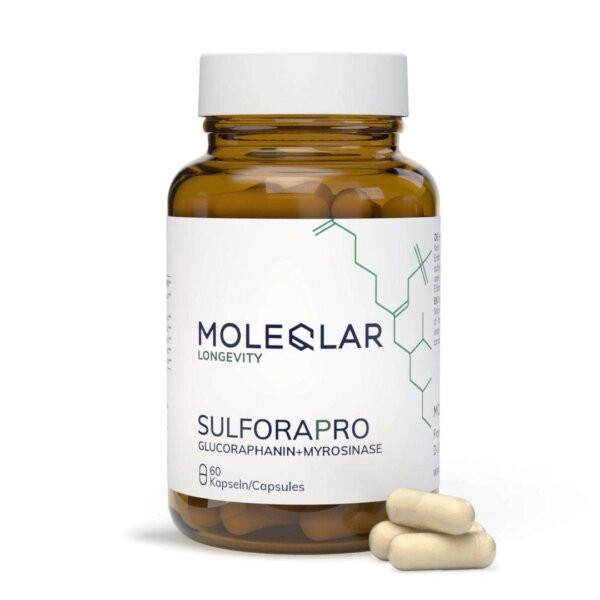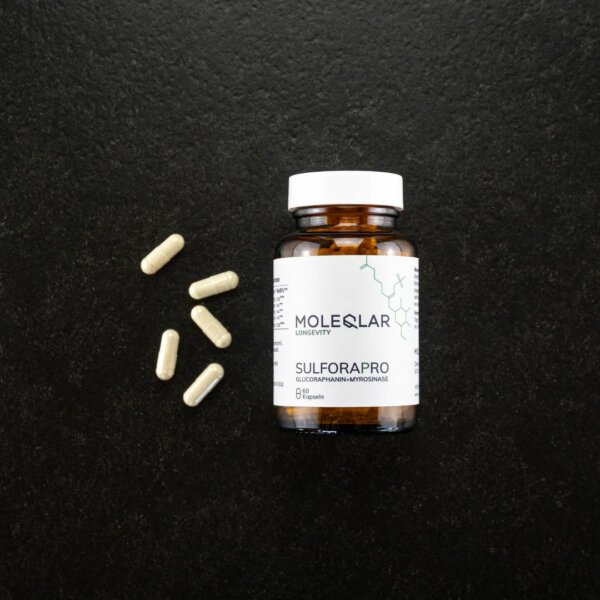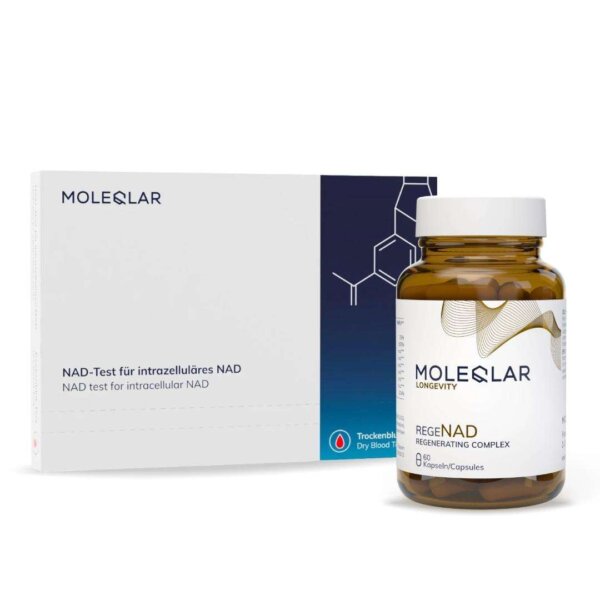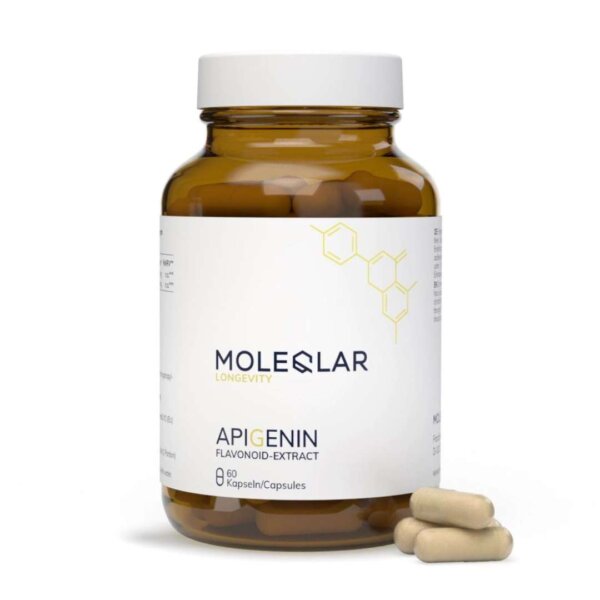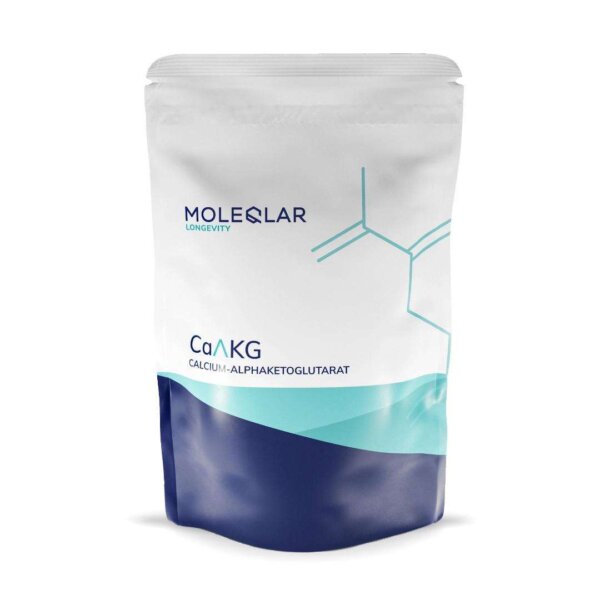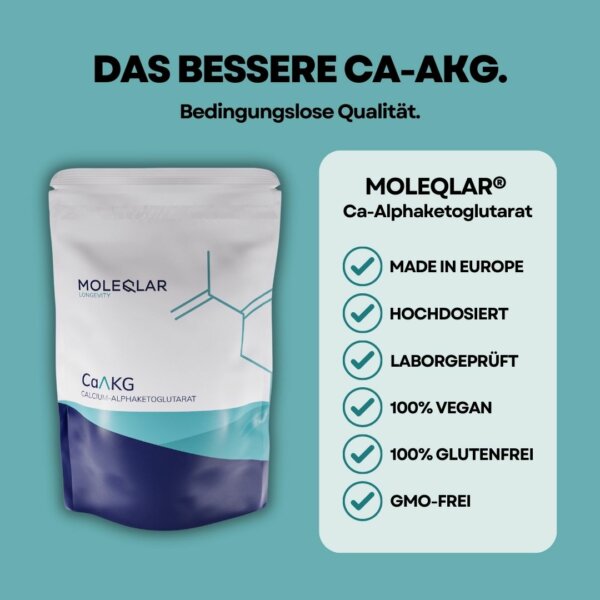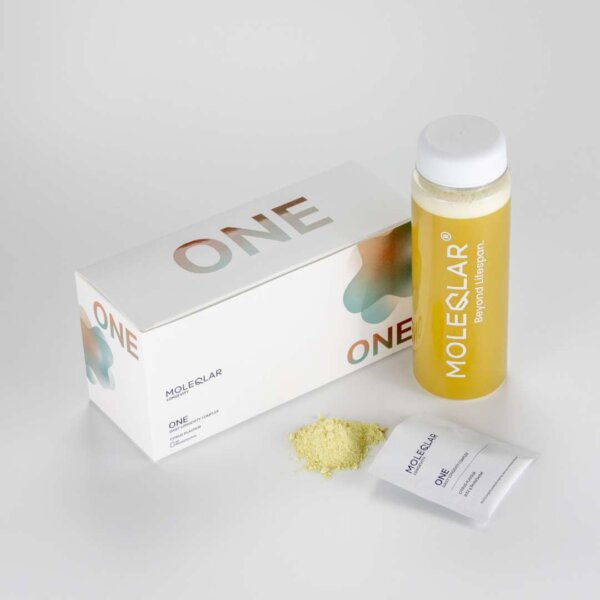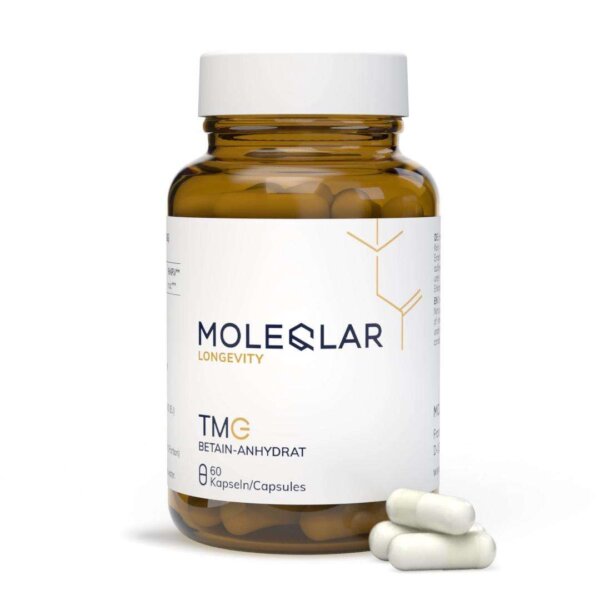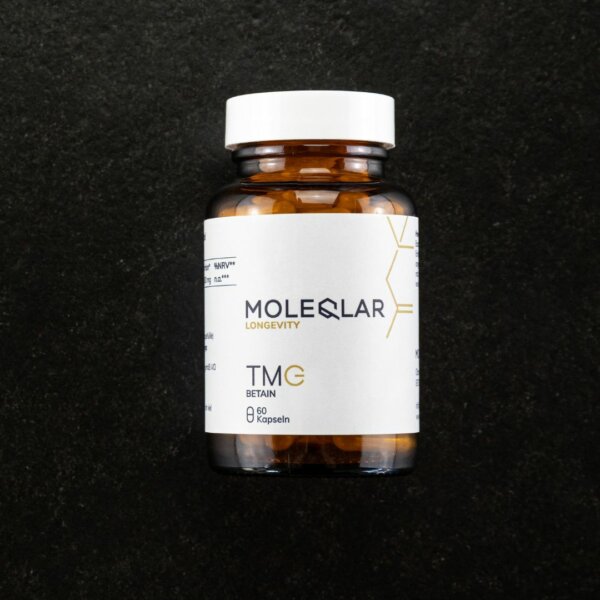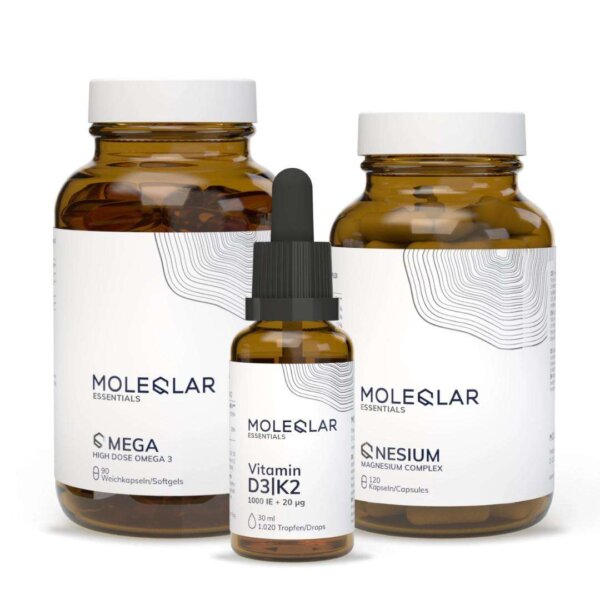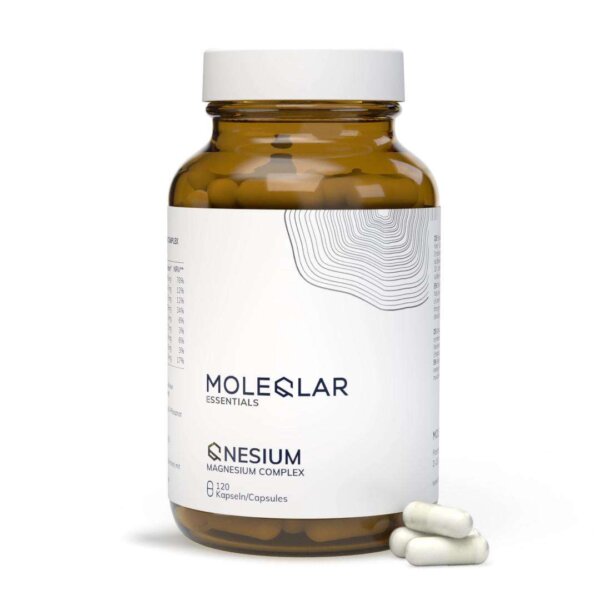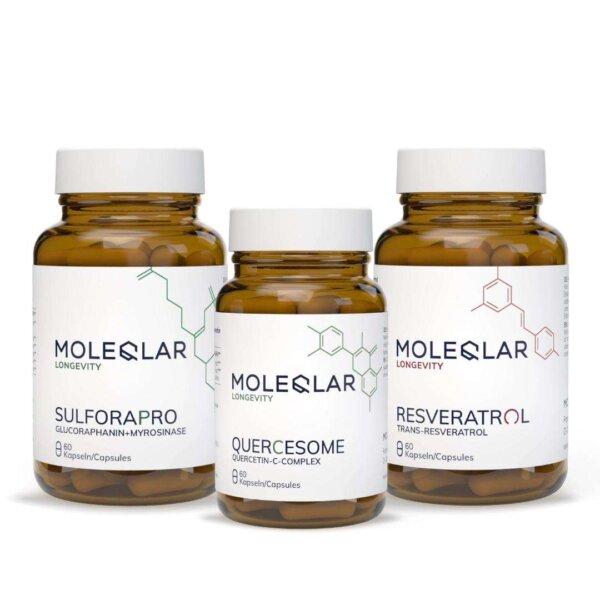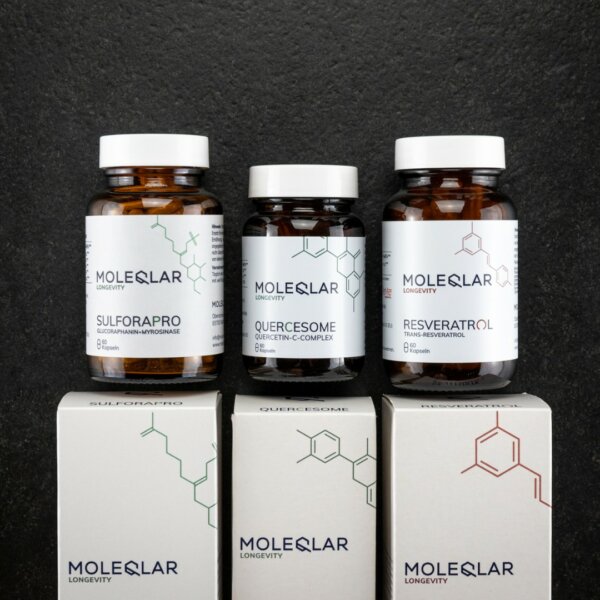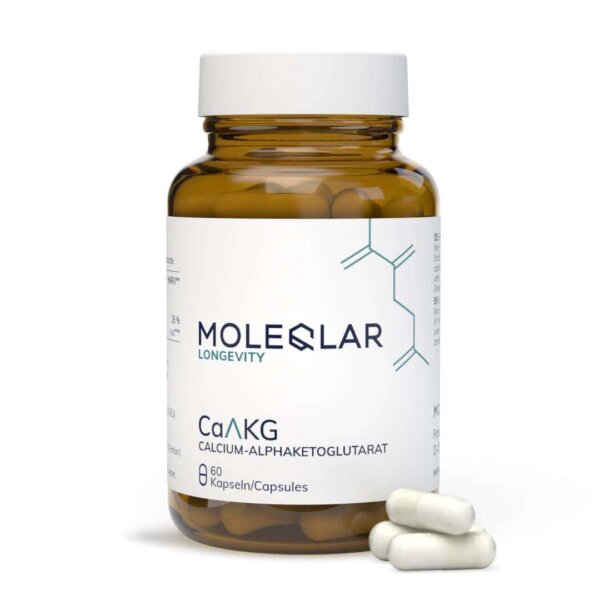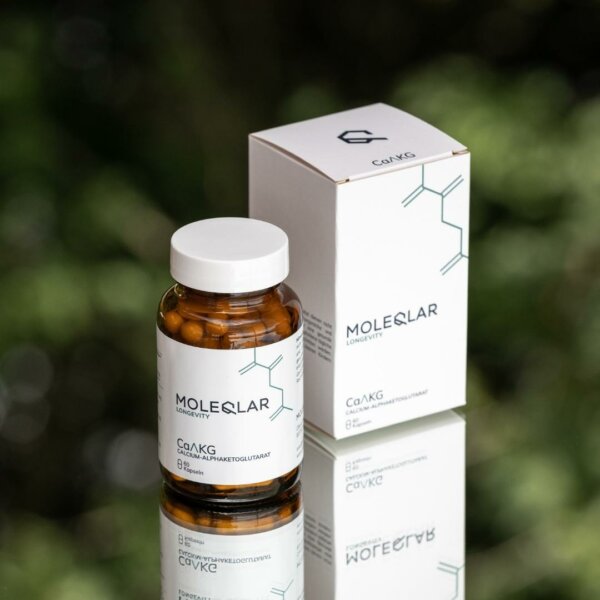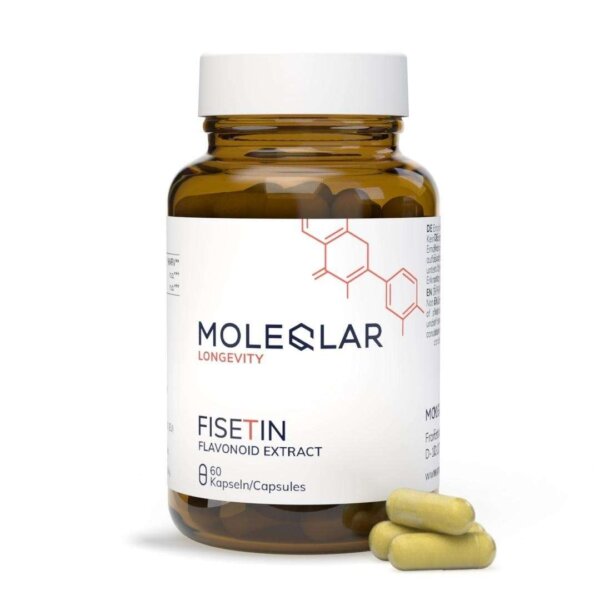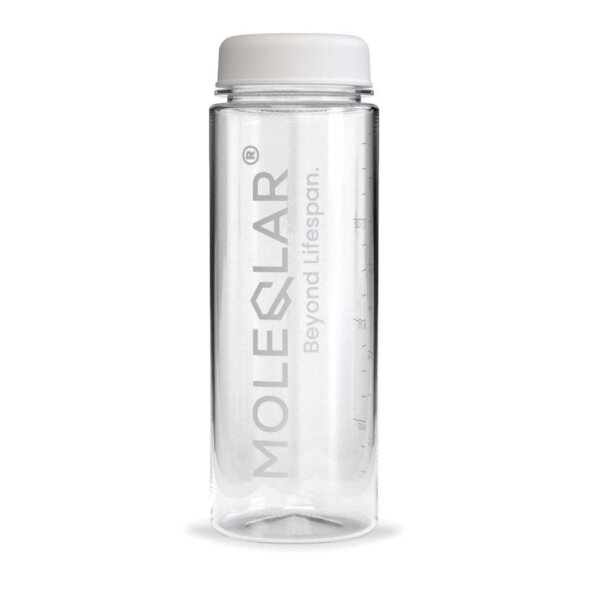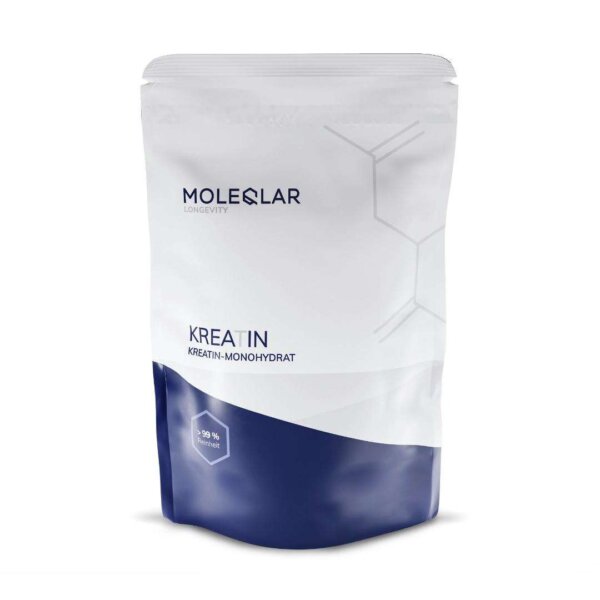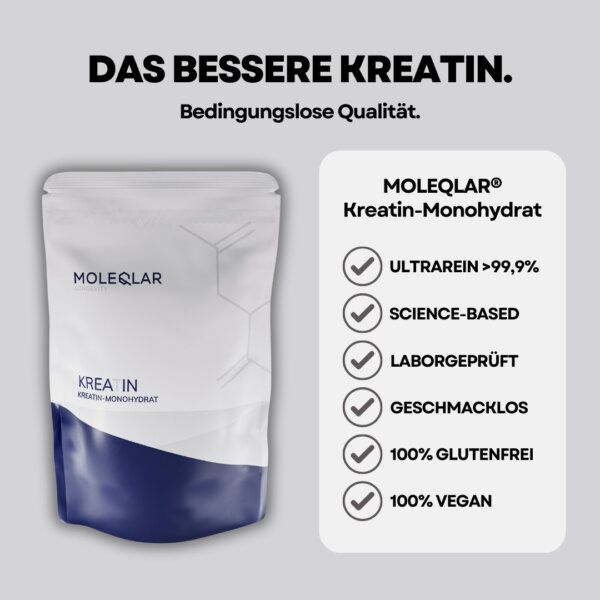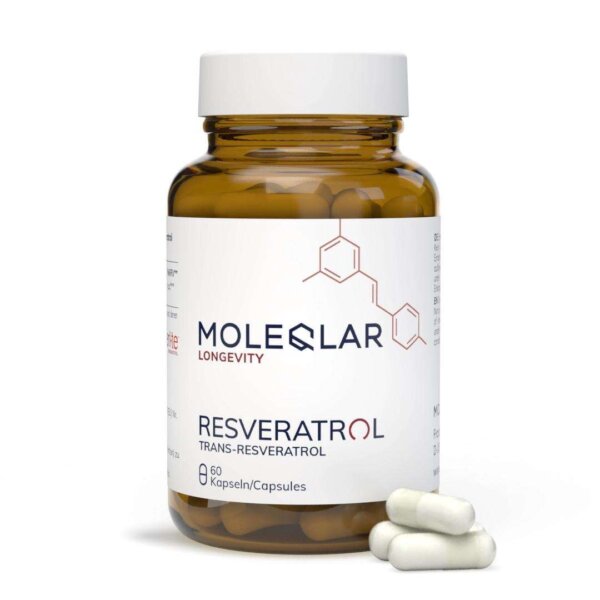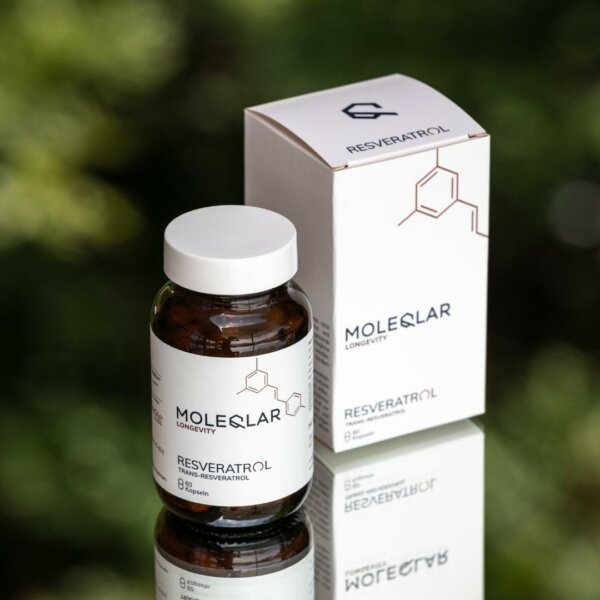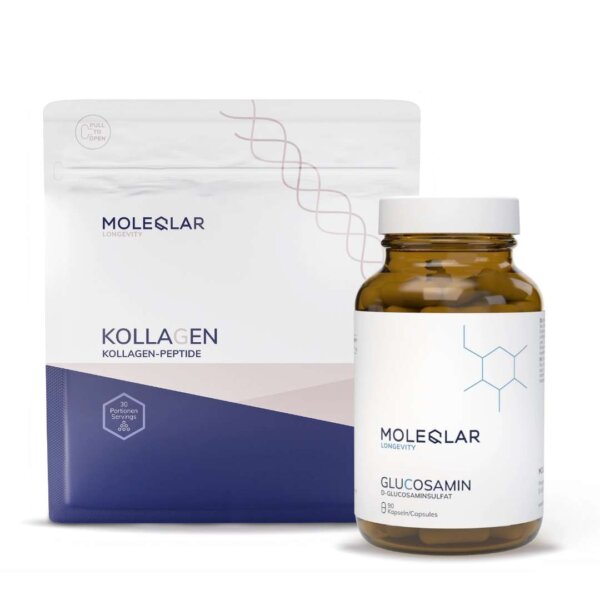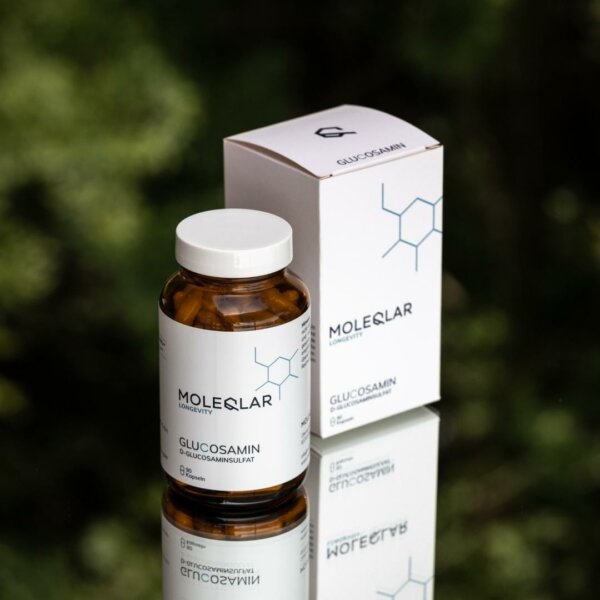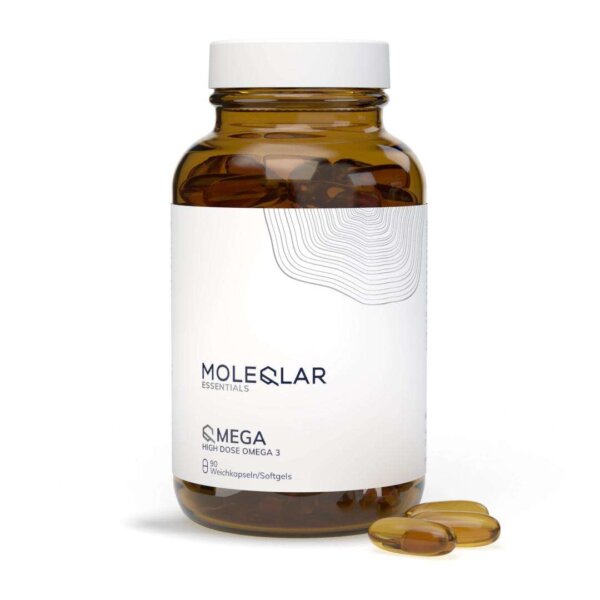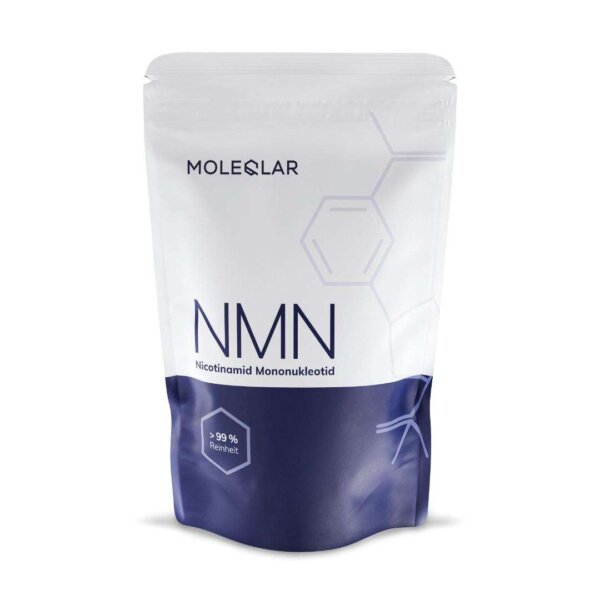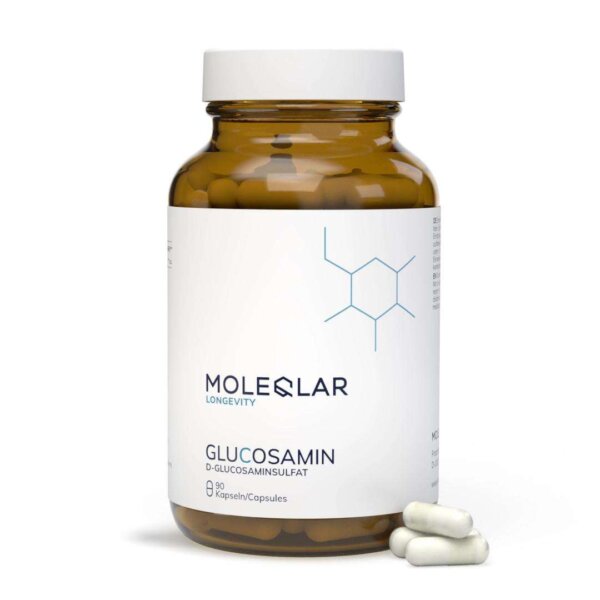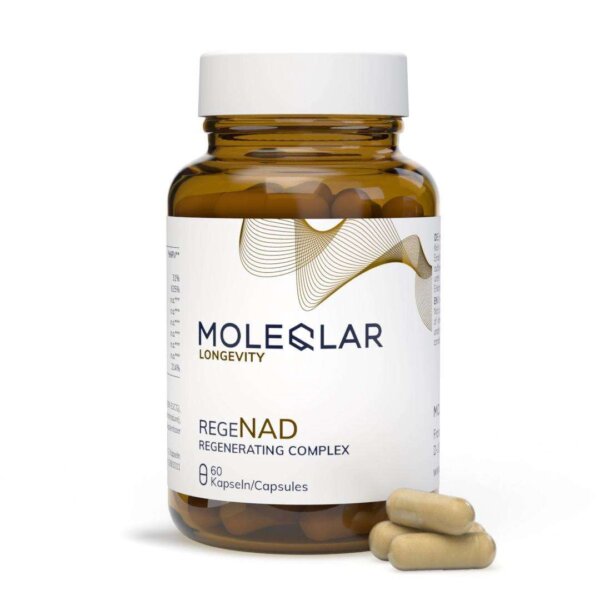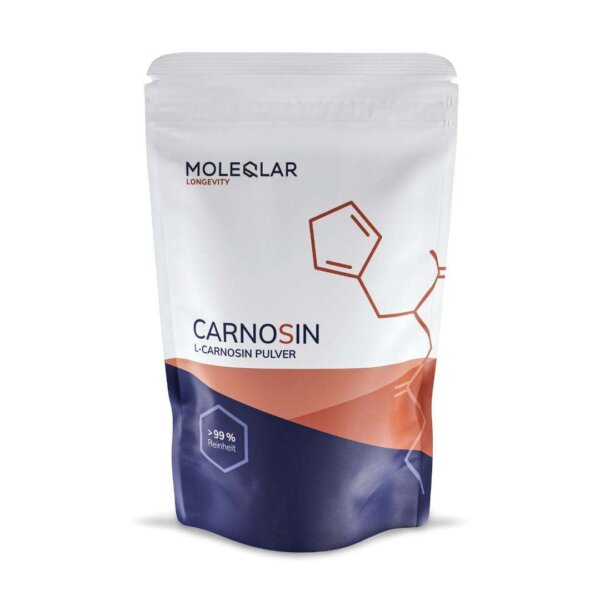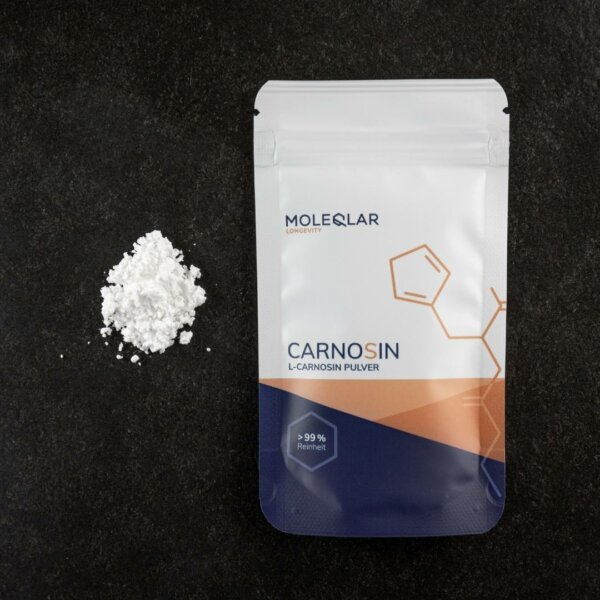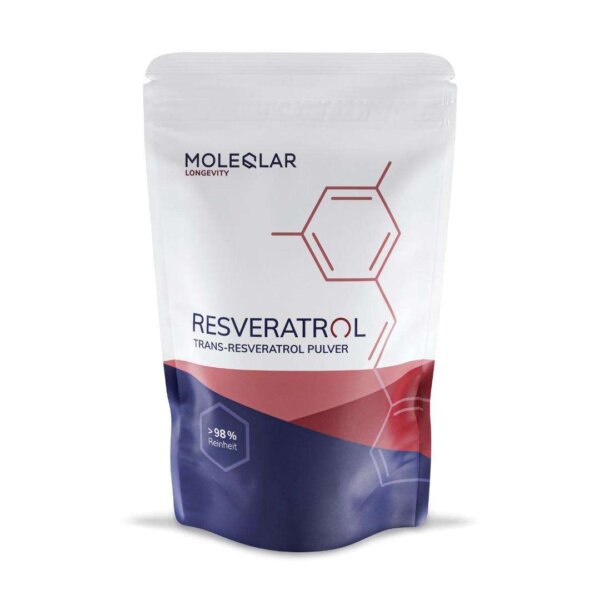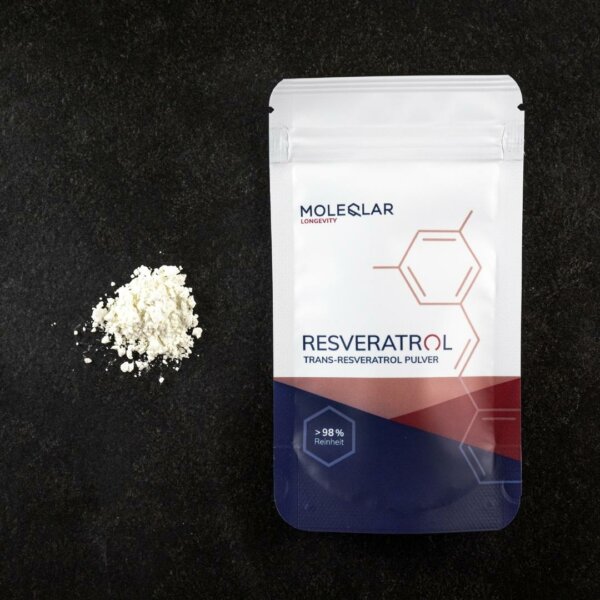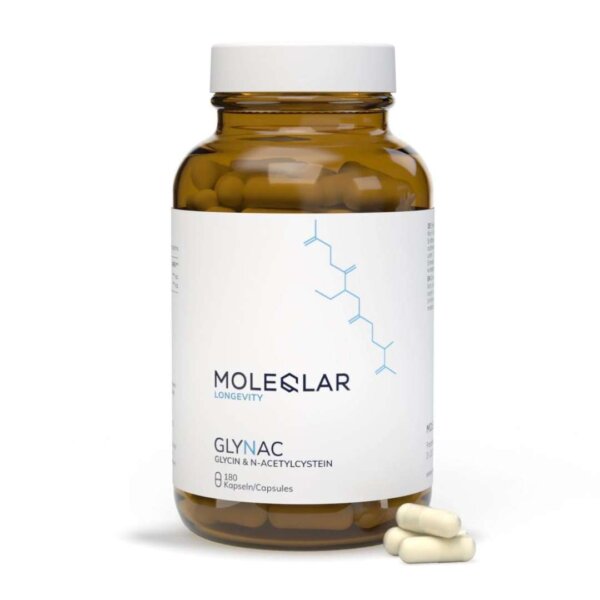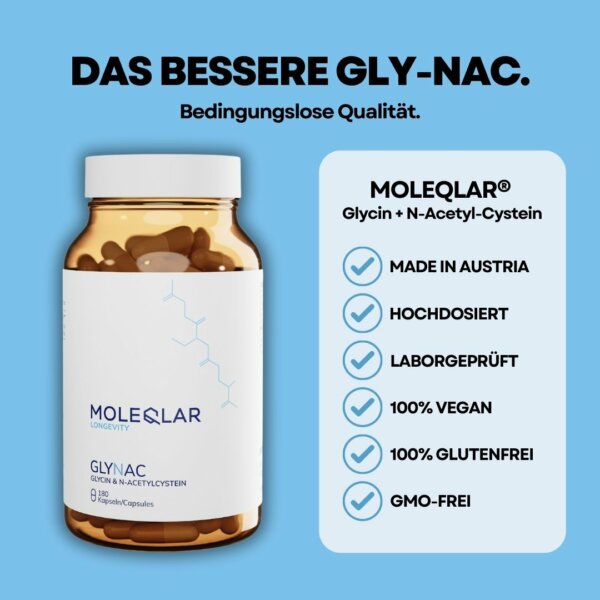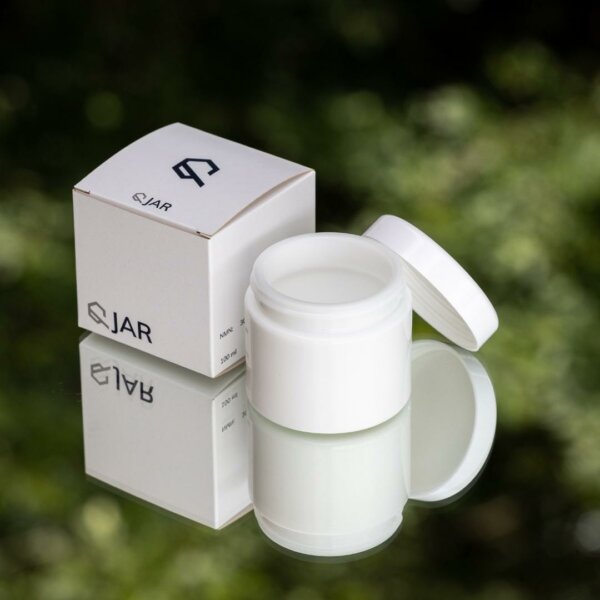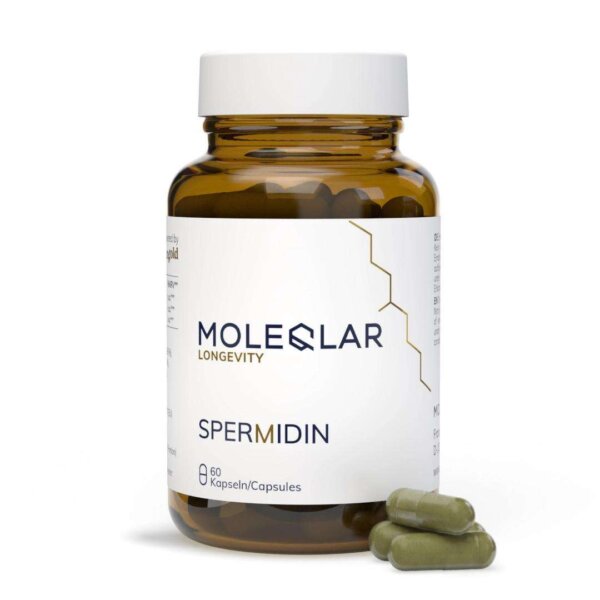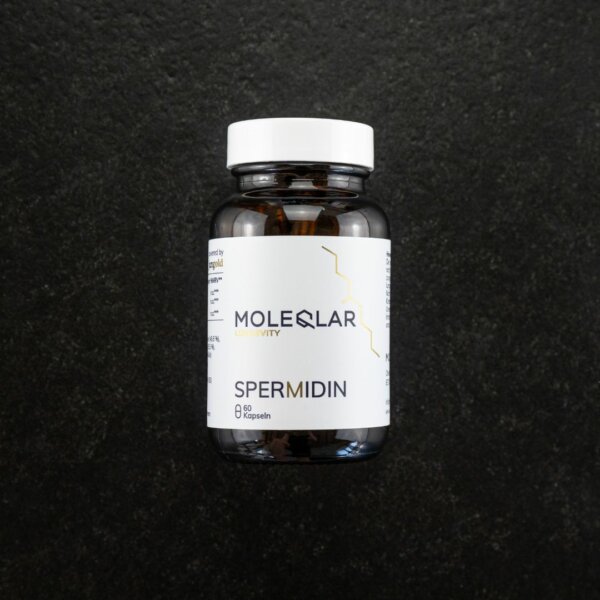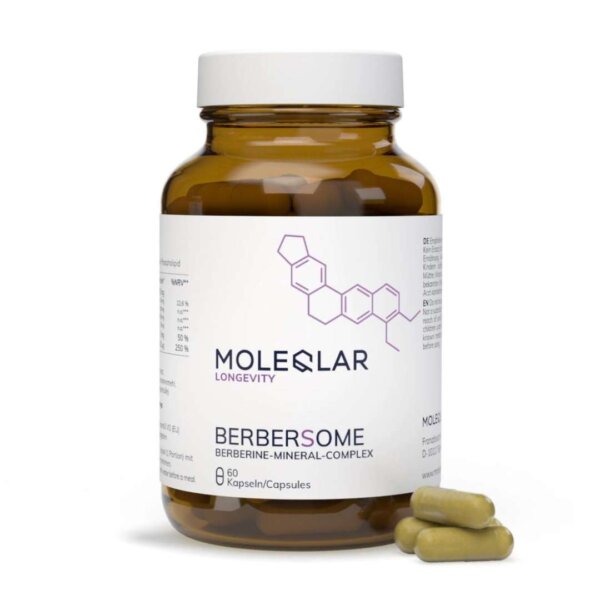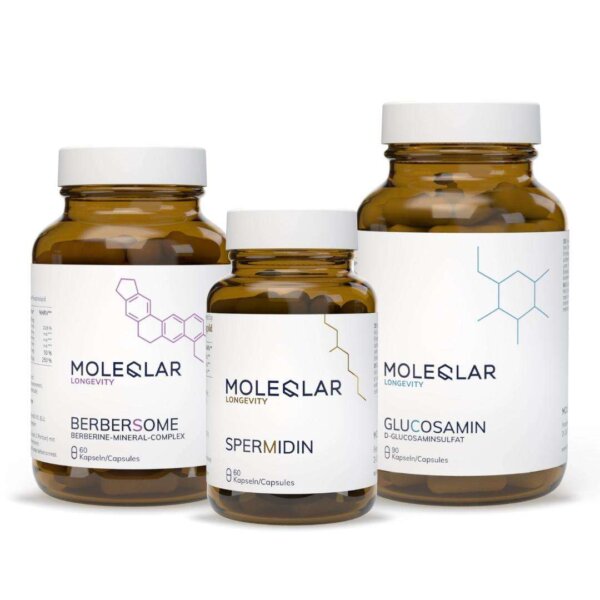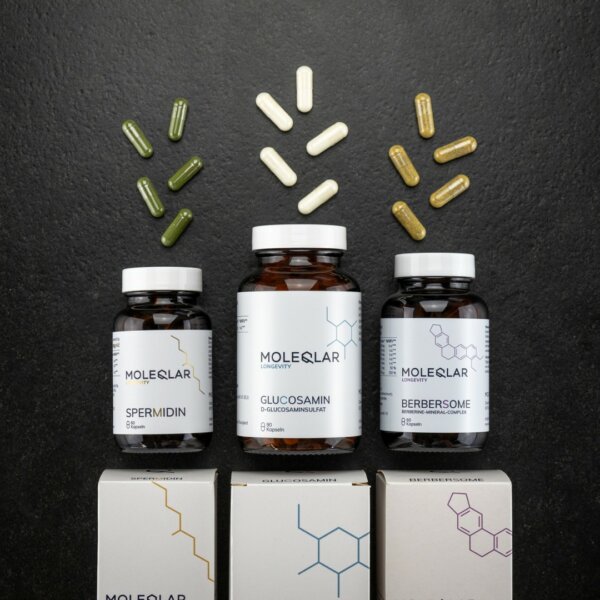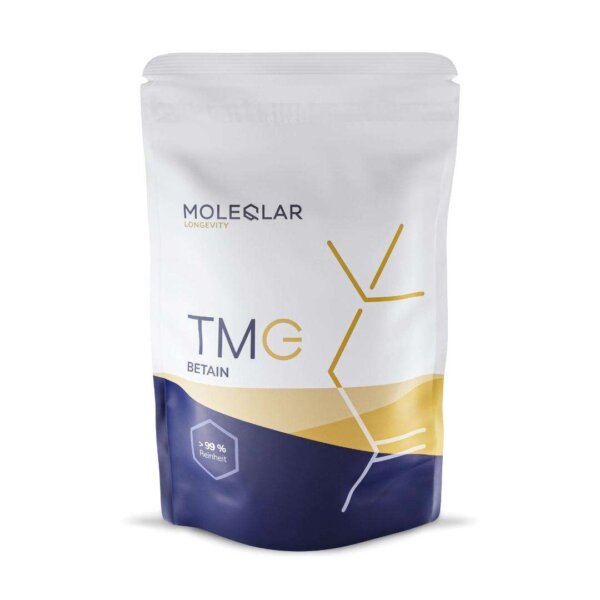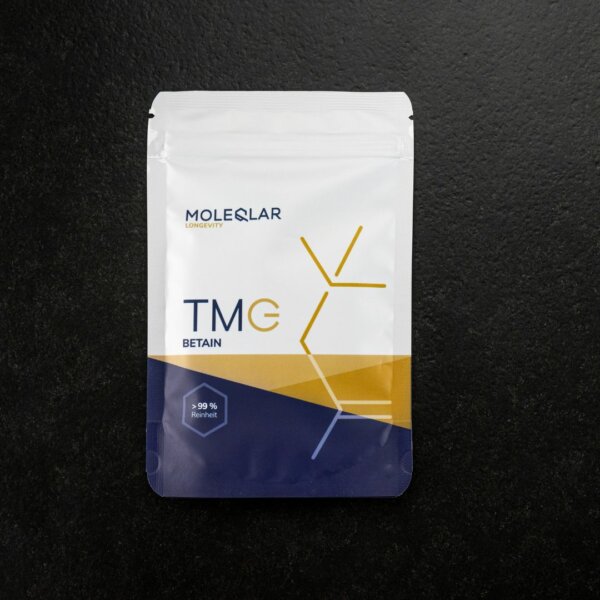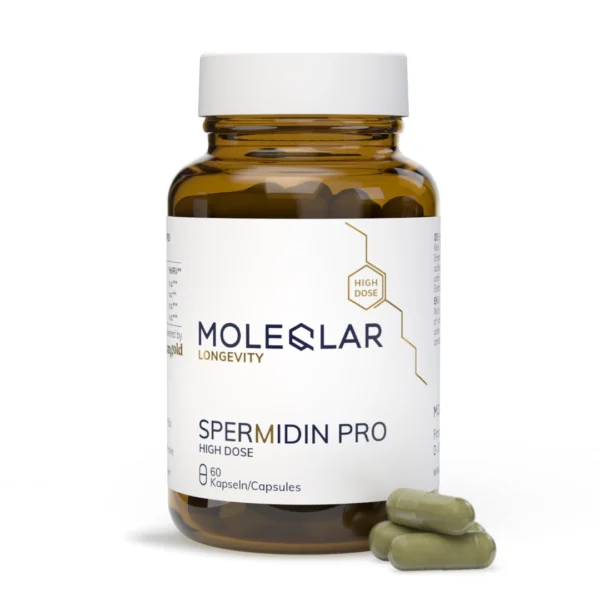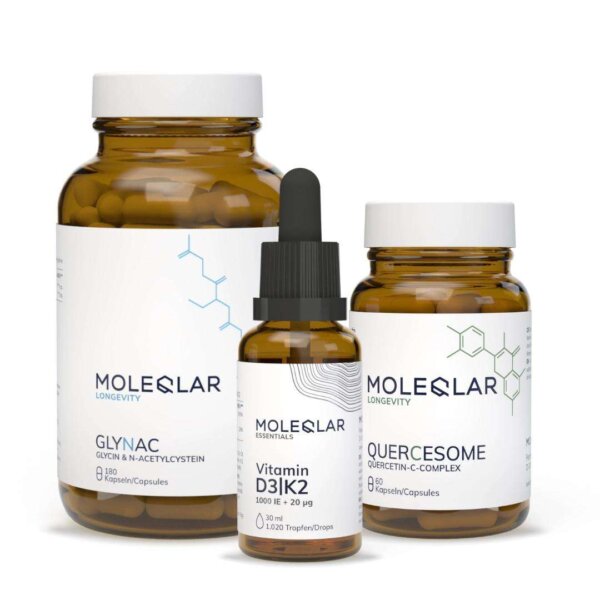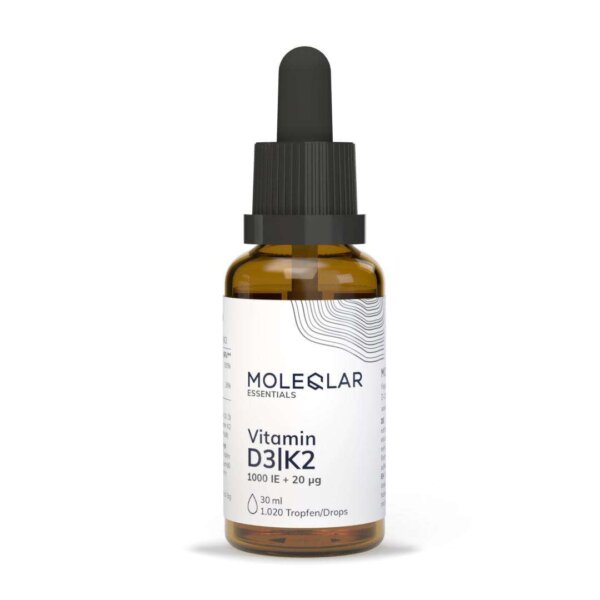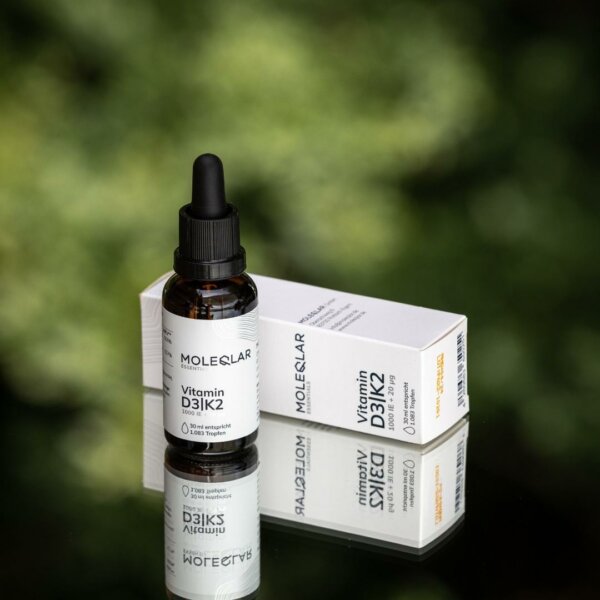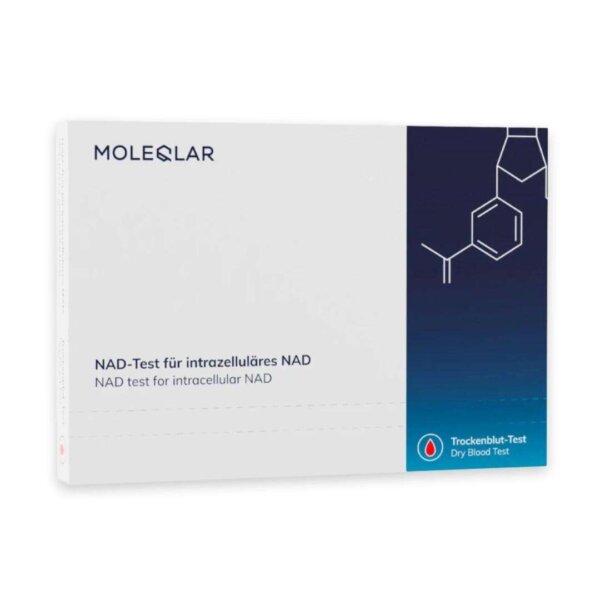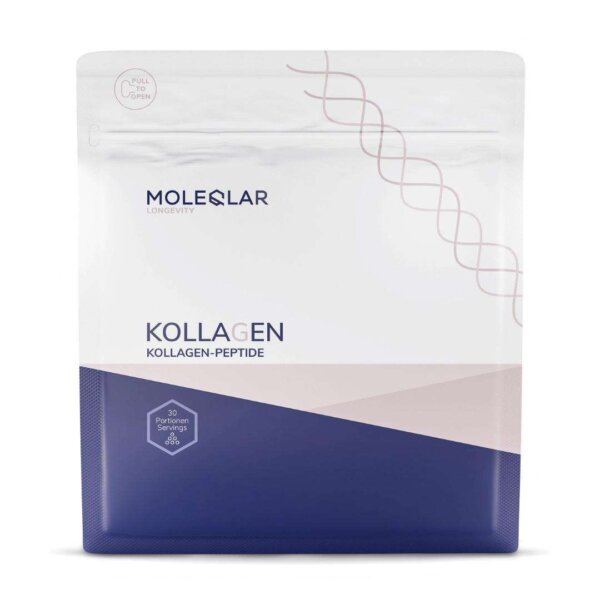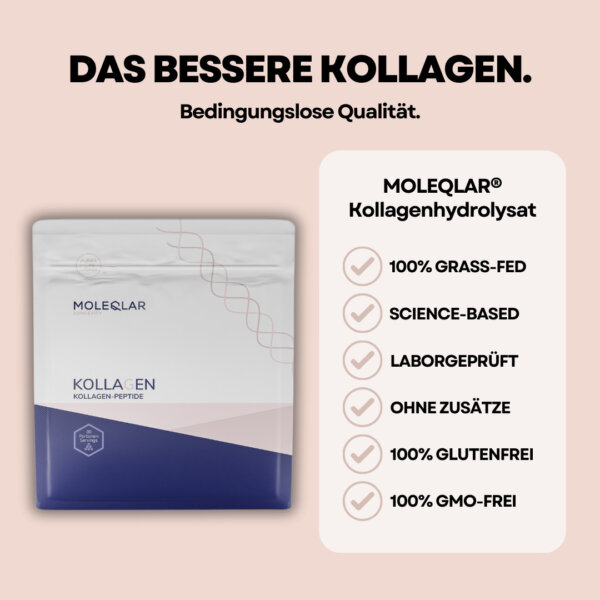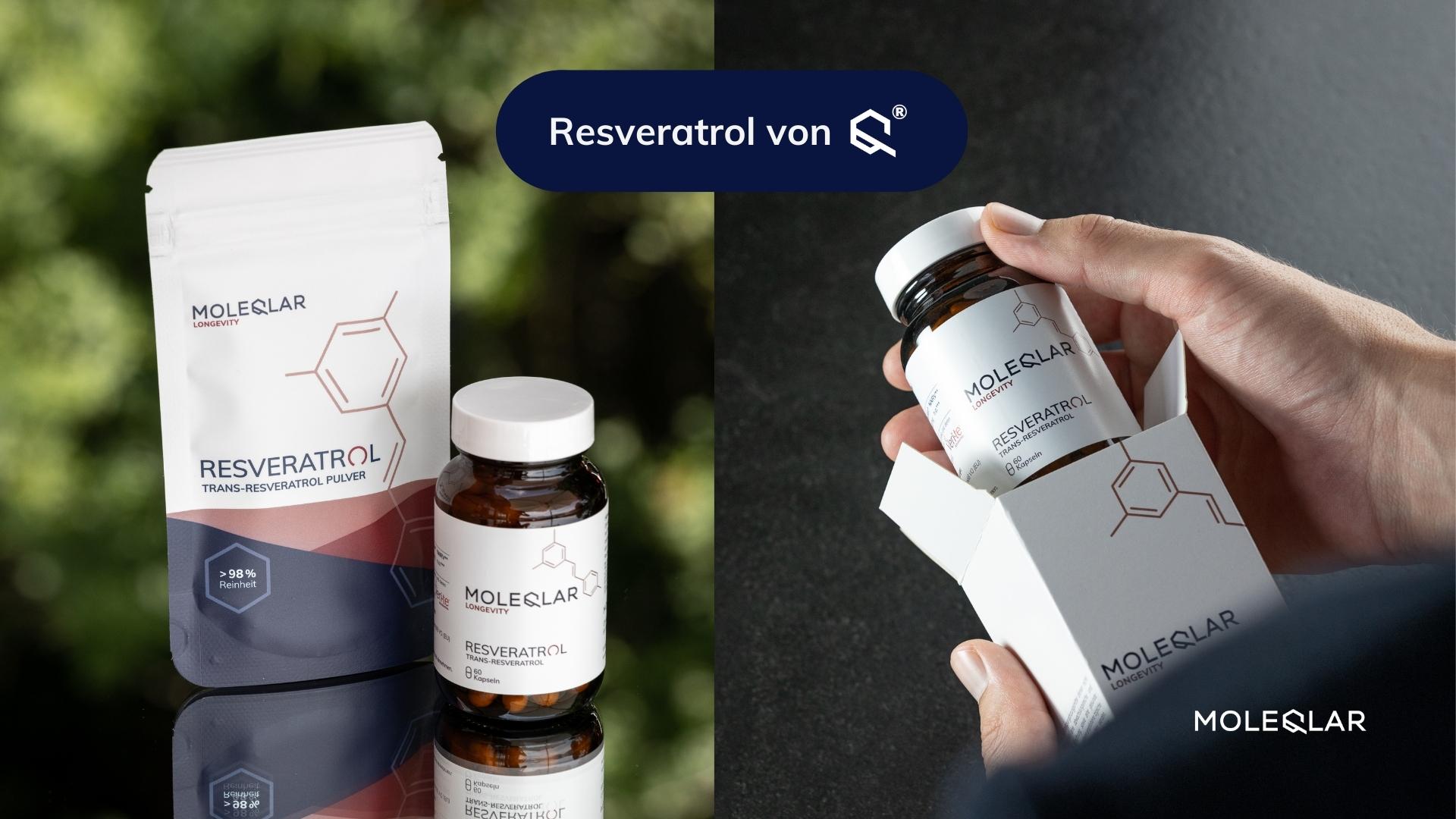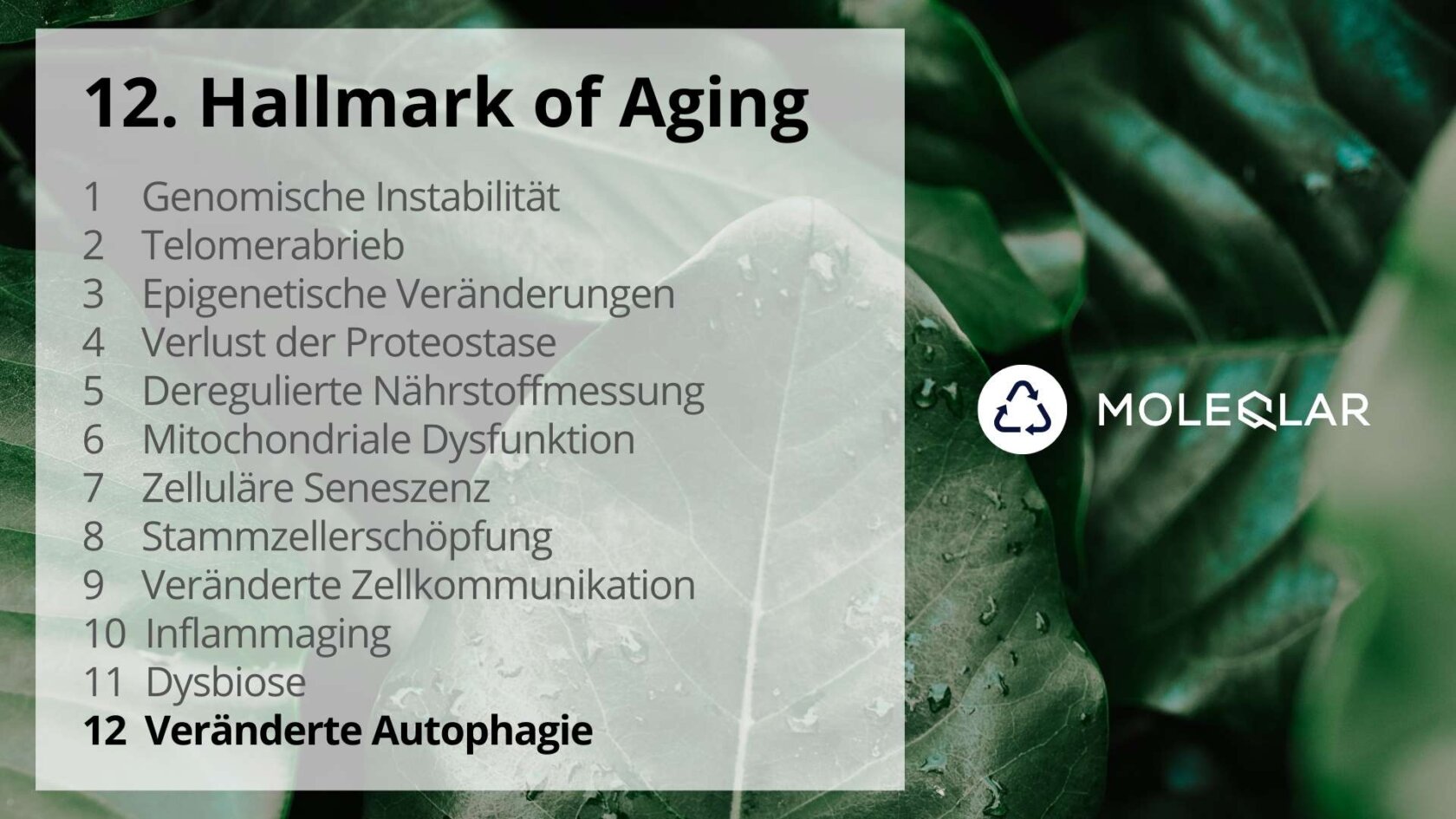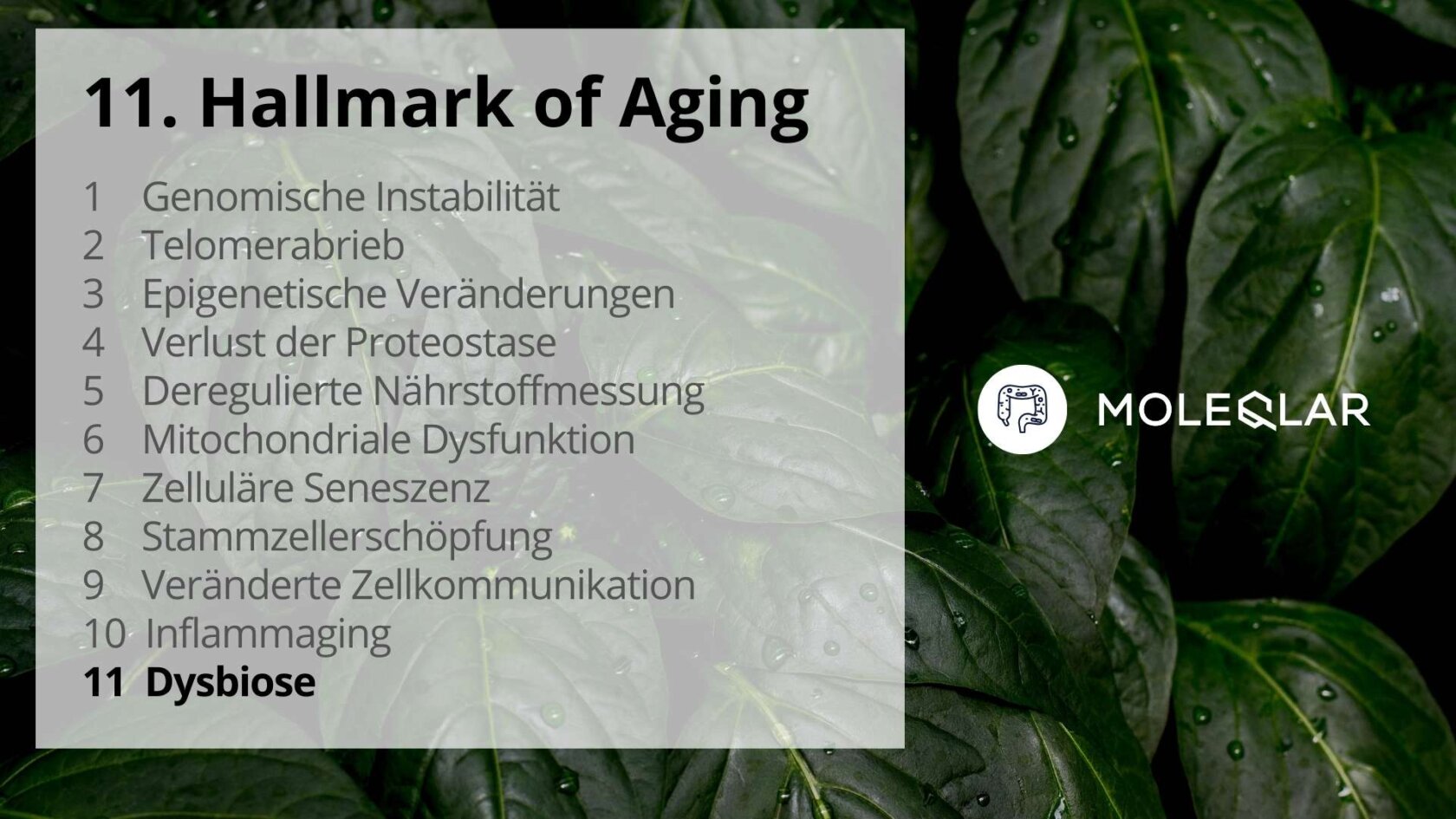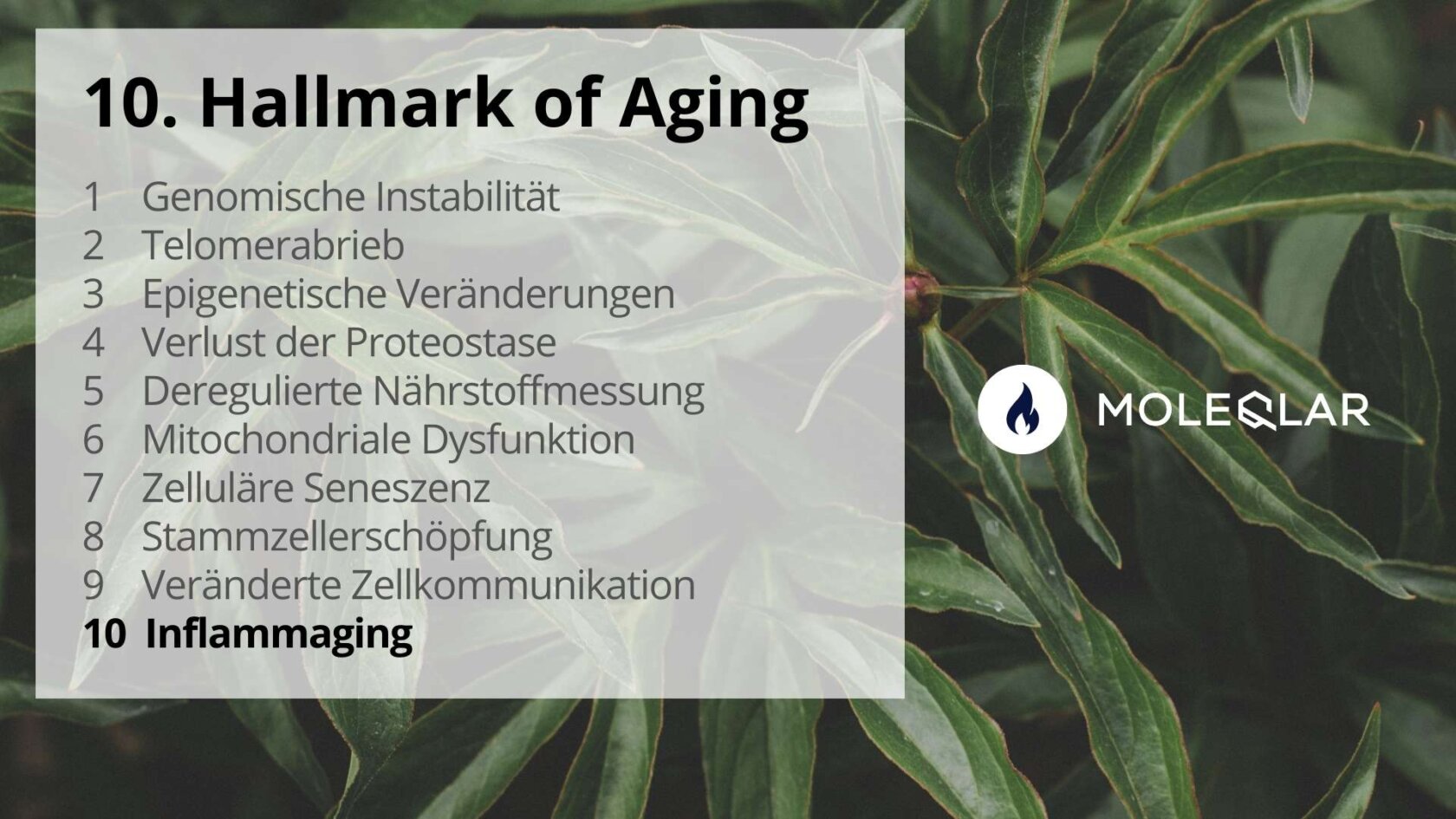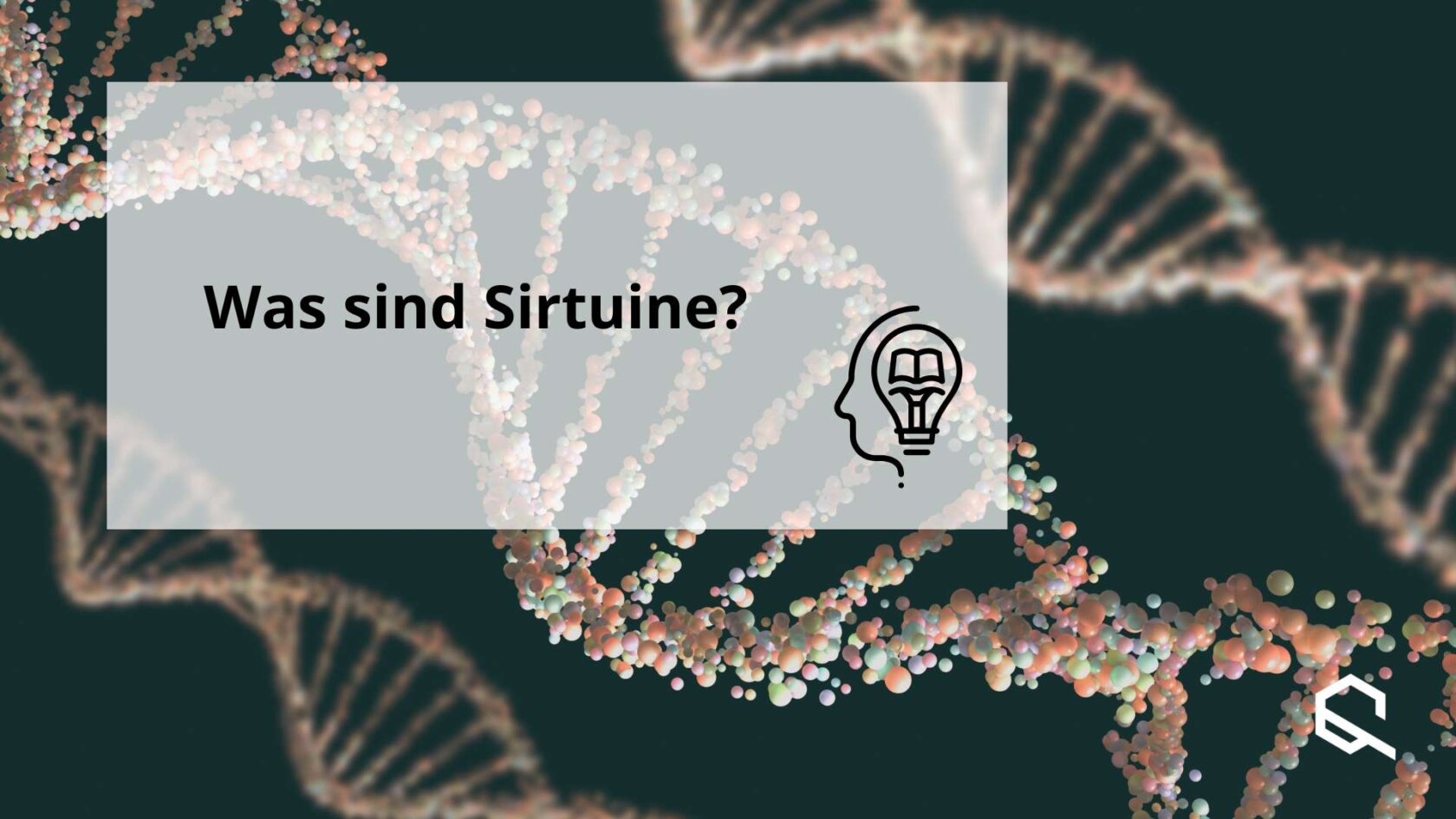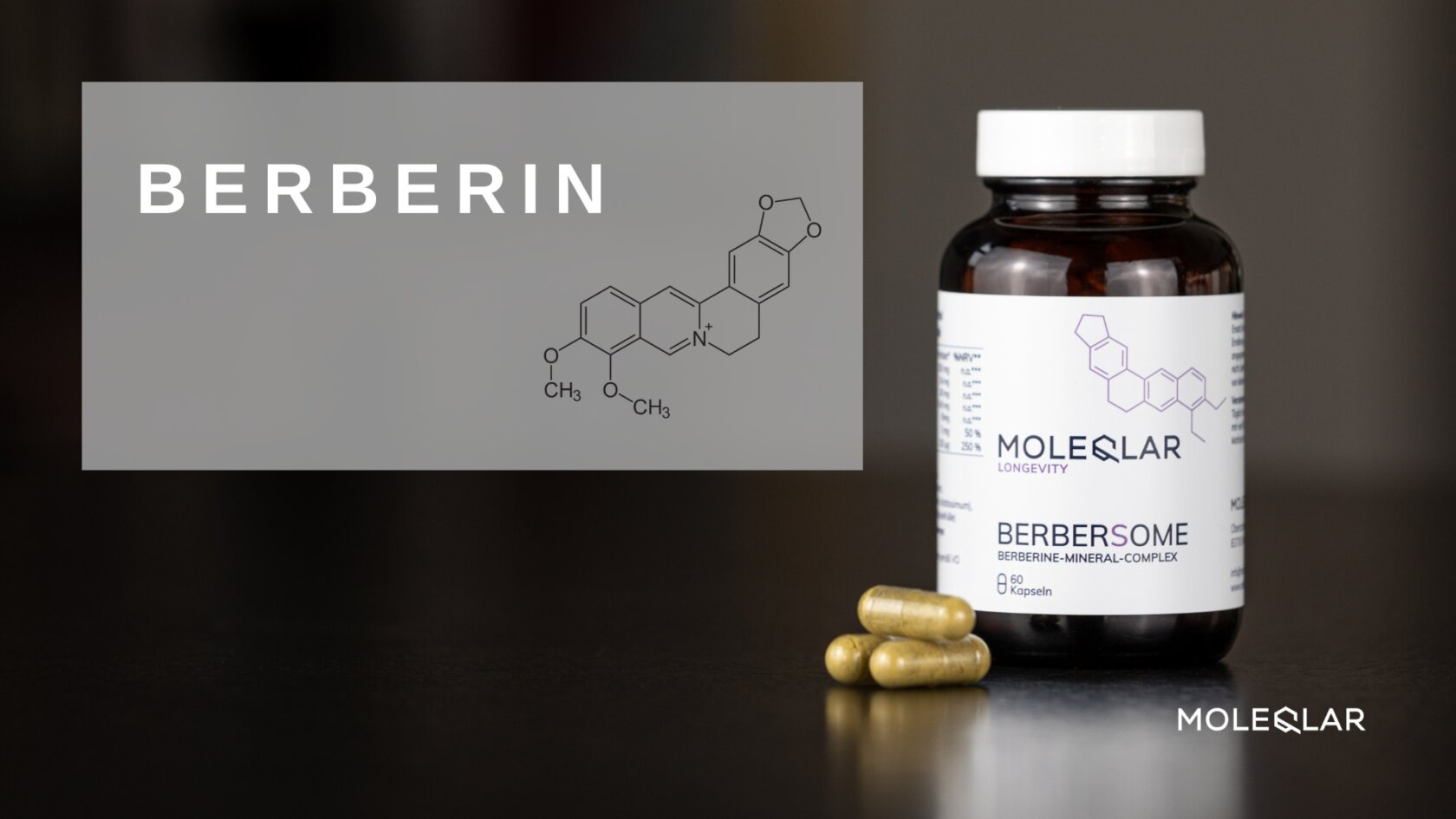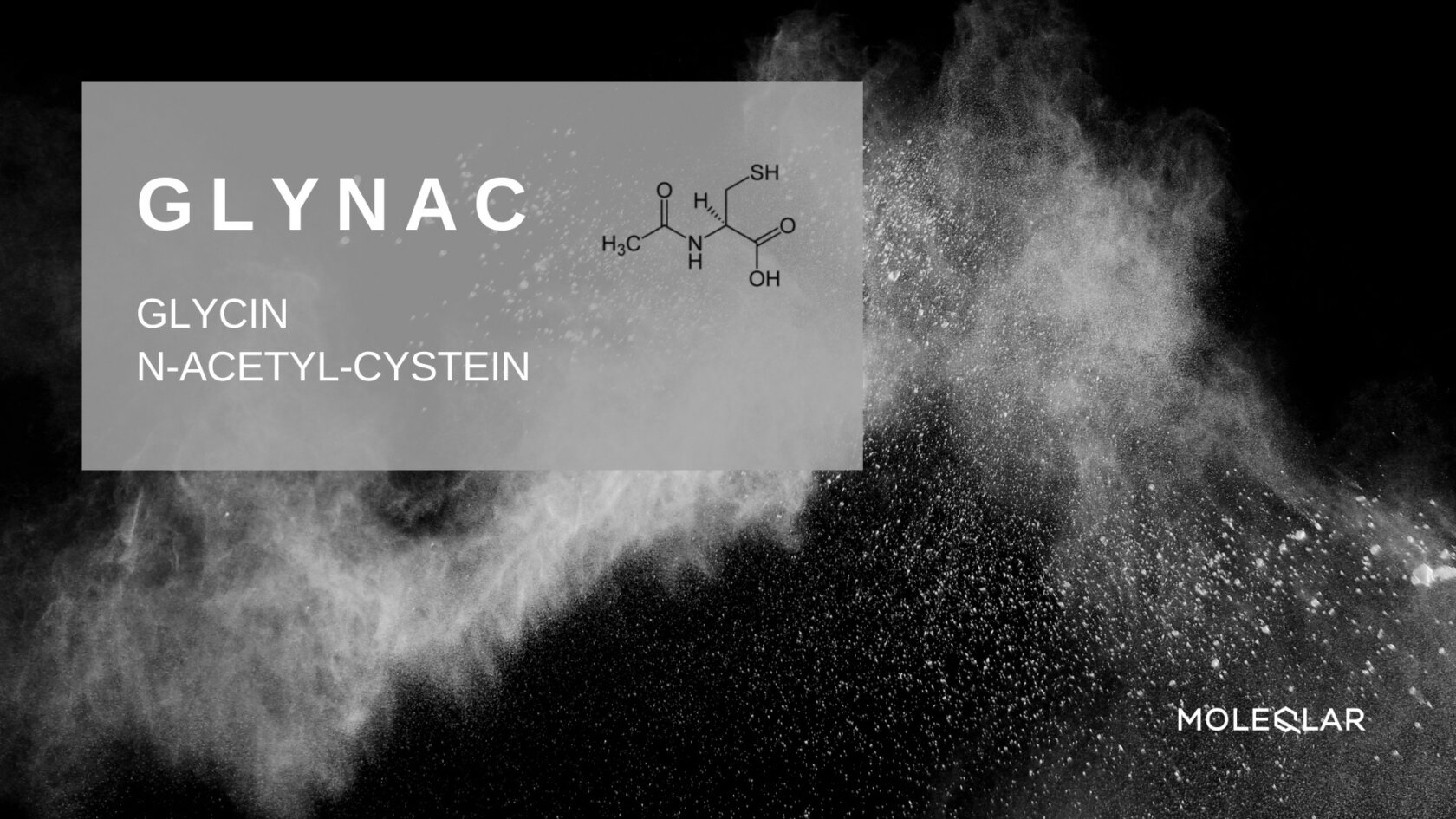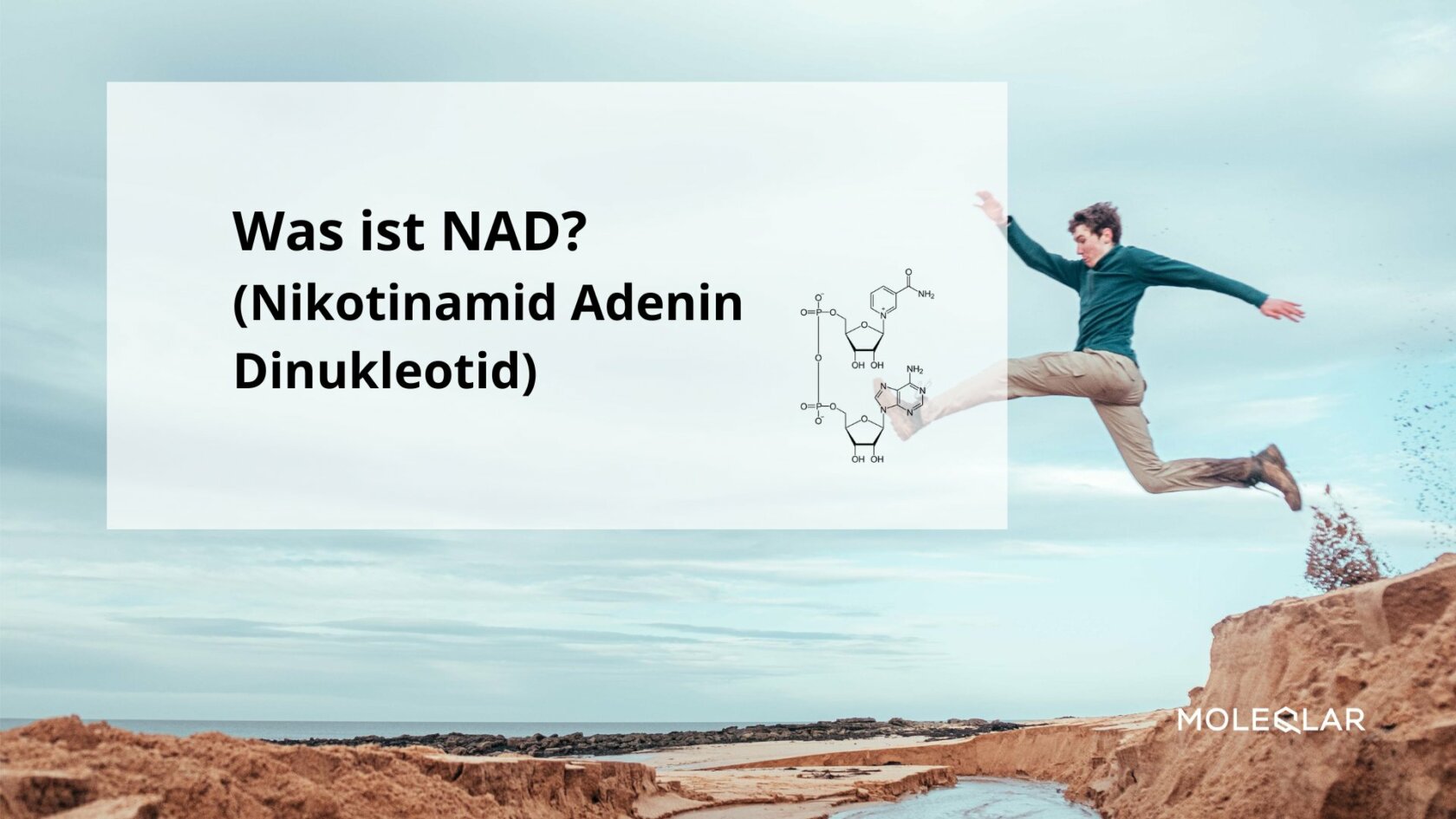Mitochondrial dysfunction is a key issue in ageing research. Often referred to as the "powerhouses of the cells", the strength and efficiency of our mitochondria diminishes with age. To make matters worse, old mitochondria can no longer be broken down properly and clog up the cells until they lose their function. Many of the metabolic pathways associated with ageing take place in the mitochondria or involve them. One example is NAD.
Here we show you what happens in our mitochondria, how age affects our cell organelles and what we can do to possibly reverse this hallmark of aging.
The mitochondria - a small marvel of nature
Mitochondria are found in varying numbers in the body's cells and are one of many structures that contribute to proper cell function. Muscle cells, sensory cells and egg cells are cells with a high energy requirement. Accordingly, these cells also contain an above-average number of mitochondria. In a heart muscle cell, the volume proportion even reaches an extraordinary 36%. This is already an indication of the great importance of these cell organelles.
The body's own power plants have a special feature: they have their own DNA, the so-called mtDNA (from mitochondrial DNA), which floats around in a ring inside the mitochondrion. However, this does not allow them to reproduce independently. The human mitochondrial genome comprises only 37 genes. For comparison: the DNA in the cell nucleus contains the information for 20000-25000 genes.
Did you know? In contrast to our DNA in the cell nuclei, mtDNA lies unprotected in the cytoplasm of the mitochondria. This makes it particularly susceptible to oxidative stress. Our body's own glutathione and antioxidants, which we mainly find in secondary plant substances, have a protective effect.

Respiratory chain, energy supply and NAD+
It is well known that energy is produced and supplied in the mitochondrion. This process is called cellular respiration and takes place via the respiratory chain - an interaction of 5 protein complexes that form an electron transport chain. Electrons (negatively charged particles) therefore play an important role in the energy production process. At the beginning of the respiratory chain is the molecule NADH, which can release two electrons as part of the energy production process. This ultimately produces ATP and the "waste product" NAD+. NAD+ is nothing more than the molecule NADH, only one proton (positively charged particle) and two electrons poorer.
To cut a long story short: the energy production in our cells consists of splitting off the electrons contained in food. Energy is then released during this process. High NAD+ levels mean that a lot of NADH is converted to ATP, meaning that the cell is able to produce a lot of energy. This is a good sign. NAD+ subsequently activates sirtuins, a group of genes that are associated with longevity. More on this later.
Did you know? NAD levels decrease with age. This can be easily determined with an NAD test, for example. There are many reasons for this, from reduced production to increased degradation. We have summarized the detailed presentation of current research for you in our overview article "What is NAD".
Free radicals - reactive oxygen species (ROS)
A selected theory of ageing proposes that the progressive mitochondrial dysfunction that occurs with ageing leads to an increased production of free radicals (= reactive oxygen species, ROS). This further damages the mitochondria and thus leads to general cell damage. Antioxidants are of interest here.
Numerous studies support this connection, but in recent years there have been increasingly controversial research findings in this regard. For example, increased free radicals could extend the lifespan of yeasts and nematodes. In addition, genetic manipulations that caused oxidative damage did not accelerate ageing in mice. Nor did manipulations that improved antioxidant protection mechanisms extend the lifespan of mice.
At the same time, basic research provided solid evidence for the role of free radicals in triggering cell division and survival signals in response to stress. In light of these and many other surprising results, the theory began to falter - a re-evaluation became necessary. Similar to the IGF-1 signalling pathway, it was also possible to harmonize the, at first glance, contradictory results under a common umbrella.
According to this, ROS are a stress-related survival signal to compensate for the deterioration associated with ageing. The number of free radicals therefore increases to ensure the survival of cells. At least until they betray their original purpose and exacerbate rather than alleviate the age-related damage due to the massive increase. It could also be summarized differently:
We need the ROS, they can act like training partners for our cells. But if they become too much, they cause damage to our cells.
Mitochondrial dysfunction and biogenesis
However, ageing due to mitochondrial dysfunction is not only mediated by free radicals (ROS). We take a closer look at a few of a whole range of other factors. As with so many processes in the body, the sirtuin gene family is also important here. SIRT1 modulates biogenesis via a protein called PGC-1α. This protein is the "master regulator" of mitochondrial biogenesis and a direct link between external physiological stimuli (such as exercise) and the regulation of the mitochondrion.
Here is a more tangible example: when young children play sports that require endurance, fast muscle fibers (for sprints) are reprogrammed to become slow muscle fibers (for endurance). These muscle fibers have a large number of mitochondria to ensure an enduring supply of energy.
The amount of mitochondria is determined by PGC-1α - a high level ensures increased mitochondrial production. However, a certain basic distribution of muscle fibers is genetically predetermined. However, the smaller variable part is controlled by physical requirements via PGC-1α. Parents can therefore indirectly influence the muscular development of their children through their choice of sport.
Did you know? While exercise can drive PGC-1α levels up, inflammation causes PGC-1α to drop. Typically, Nf-kB is activated during inflammatory processes in the body and this can have a direct negative effect on PGC-1α. This shows once again that the various hallmarks of ageing interact with each other and are difficult to separate. Inflammaging, the tenth hallmark, therefore contributes directly to mitochondrial dysfunction.
Back to the longevity pathways. SIRT1 also controls the removal of damaged mitochondria through autophagy, a kind of waste disposal in the body. SIRT3 targets enzymes involved in energy metabolism and is also able to directly control the rate of free radical production.
From a bird's eye view, these results support the assumption that sirtuins act as a kind of metabolic sensor to influence mitochondrial function and protect against age-related diseases. As the mitochondria have their own small genome, corresponding mutations in the genetic information naturally also disrupt their functionality.

From theory to practice
So much for the molecular mechanisms in the mitochondrial structure. So what do these findings mean for our everyday lives? Studies have shown that endurance training and alternating fasting improve health as they can prevent mitochondrial degeneration. On the one hand, this is due to autophagy, which can be potently triggered by both fasting and endurance training. On the other hand, various forms of fasting activate additional longevity pathways such as sirtuins.
Mitohormesis - small stimuli, big effect?
This somewhat mysterious-sounding term is made up of mitochondria and hormesis. According to the concept of hormesis, mild toxic treatments trigger beneficial compensatory responses. The compensatory responses outpace the repair of the initiating damage, leading to an improvement in cellular fitness compared to the pre-damage state.
The origins of this hypothesis go back to Paracelsus and thus to the 16th century. Over the course of time, this view has been substantiated experimentally and has also been put to medical use with substances such as digitalis (heart failure), colchicine (gout) or opiates (pain).
A number of lines of research on ageing have also focused on this concept. Although severe mitochondrial dysfunction makes people ill, only mild dysfunction may extend lifespan due to a hormetic response. There is scientific evidence to support the view that metformin and resveratrol are mild mitochondrial poisons that induce a low energy state and thereby increase AMP levels. We already know the consequence from the paper on deregulated nutrient measurement: AMPK is activated and this slows down ageing.
Metformin prolonged the life of nematodes and mice in some studies. Under normal dietary conditions, resveratrol did not extend the lifespan of mice, but there is strong evidence that it protects against metabolic damage and improves mitochondrial function by increasing PGC-1α. The observation that PGC-1α overexpression extends the lifespan of fruit flies provides further evidence for the protein's role in longevity.

Conclusion - how can the mitochondria be strengthened?
Mitochondria are not only the power plants of the cell, but also potential sources of healthy ageing. Their function, or rather non-function, has a profound influence on the ageing process.
Studies show quite clearly that sport can strengthen mitochondria, for example. Endurance and strength training, even into old age, are the basis. In addition, we need to protect the mitochondria from excessive oxidative stress by eating a diet rich in phytochemicals. Resveratrol, for example, has been shown to have a positive effect on the mitochondria.
Mitochondrial health is always closely linked to NAD levels. As these decline with age, it can make sense to supplement the precursors, such as those contained in regeNAD. The final aspect of strengthening our mitochondria is to ensure that the "disposal" of old mitochondria functions smoothly. However, altered (macro-) autophagy is a Hallmark of Aging in its own right, which is why we will take a closer look at this aspect in another article.
In conclusion, mitochondria are a fascinating aspect of ageing research. The goal for the future is to find out even more about why mitochondria are no longer as efficient in old age and how we can reverse this. The first steps have already been taken.
The next article in this series deals with the seventh characteristic of ageing: cellular senescence.



